SIGNING 'ARE SNAKES NECESSARY', PRESENTING 'PHANTOM OF THE PARADISE'
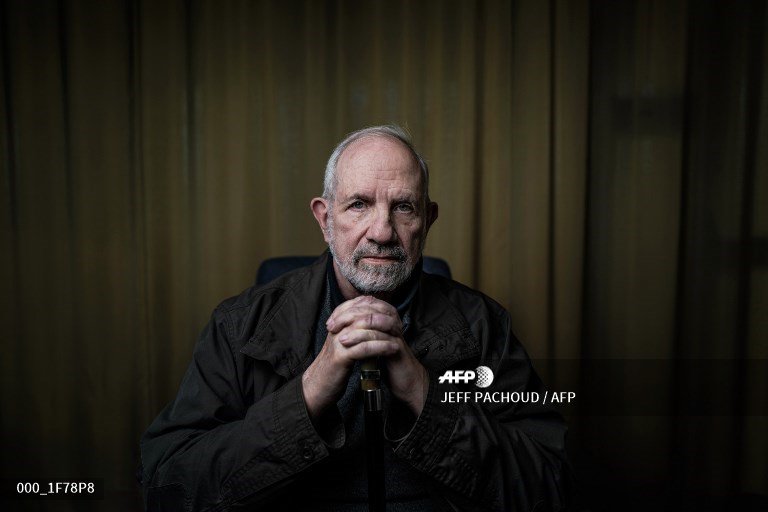
The photo portrait above of Brian De Palma was taken in Lyon, France today by AFP's Jeff Pachoud (it was tweeted by AFP's Marielle Eudes). De Palma spent the day in Lyon, beginning at the Quais du polar, where he and Susan Lehman discussed their book, Are Snakes Necessary? with Hélène Fischbach on stage at the Célestins Théâtre (photo below from Le Progrès). Freelance journalist Lise Pedersen tweeted a quote from De Palma: "Trump hasn’t got us into any wars... yet!" And a quote from Lehman: "The best entertainment at the moment in the US is the news!" According to Robin Fender, at some point, somebody said, "Brian, you're preparing a horror film about the Weinstein affair that we all want to see." To which De Palma replied, "Me too."
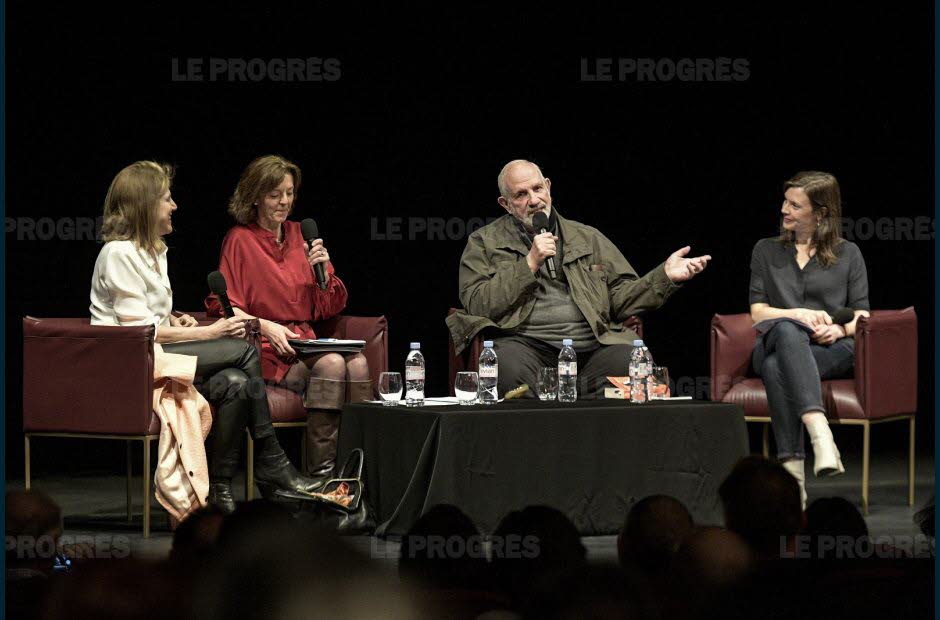
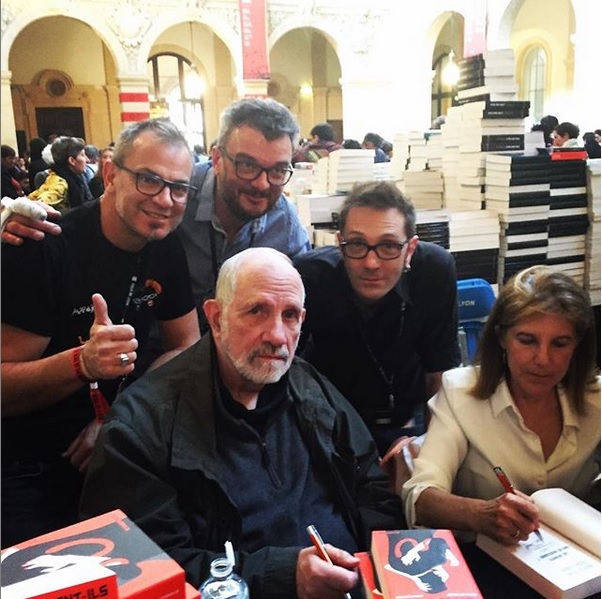 Afterward, De Palma and Lehman met fans while signing copies of the novel. Later in the evening, De Palma was introduced at the Lumière Institute by Lyon-born filmmaker Bertrand Tavernier, whose 1995 film L'Appat casts a critical eye on De Palma's Scarface as a representation of the Americanization of French cinema and culture. The film's teenage characters watch Scarface and other American films, quoting lines from them and displaying ideas about the world that they take from American culture. Tonight, introducing De Palma at Lumière, Tavernier said, "When you live as a couple, Brian De Palma is surely the topic that feeds the most discussions! Everyone has their favorites, in a career so rich."
Afterward, De Palma and Lehman met fans while signing copies of the novel. Later in the evening, De Palma was introduced at the Lumière Institute by Lyon-born filmmaker Bertrand Tavernier, whose 1995 film L'Appat casts a critical eye on De Palma's Scarface as a representation of the Americanization of French cinema and culture. The film's teenage characters watch Scarface and other American films, quoting lines from them and displaying ideas about the world that they take from American culture. Tonight, introducing De Palma at Lumière, Tavernier said, "When you live as a couple, Brian De Palma is surely the topic that feeds the most discussions! Everyone has their favorites, in a career so rich."Thierry Frémaux, who has been with the Lumière Institute for decades, and is also Artistic Director and General Delegate for the Cannes Film Festival, opened with a tribute to Agnès Varda, who died earlier today. Frémaux was then joined by Tavernier to welcome De Palma to the stage. (Recall that last June, De Palma expressed his anger to Les Inrockuptibles' Jacky Goldberg about an unfinished version of Domino having been screened for consideration for Cannes 2018. "I'm furious," De Palma exclaimed at the time, "and you can print that! The film was screened without post-synchronization, non-mixed, non-graded, and without my consent, to Thierry Frémaux, who must have asked himself 'What the heck is this?' The producers eventually found the money and we finished it last week. I presume it'll soon be shown in some festival. But seriously, what a pain!")
De Palma is quoted from this evening's Masterclass in a tweet by the Lumière Institute: "The screenwriter is the best ally of the filmmaker. Even if it is a collaboration, it helps you to go for the most personal things." After the one-hour discussion between the three men on stage, they presented a screening of Phantom Of The Paradise. Introducing the film, De Palma said, "I put in a bit of the Phantom Of The Opera, a little bit of Dorian Gray, a little bit of Faust. And the sublime music of Paul Williams ... you should have a good evening."
One final note before the rest of the pictures below: at some point of the day in between these two events, De Palma and Lehman were interviewed by TV channel France 3 Rhône-Alpes. A large picture from the latter is at the end of this post. But first, pics of Brian De Palma on stage with Bertrand Tavernier and Thierry Frémaux...
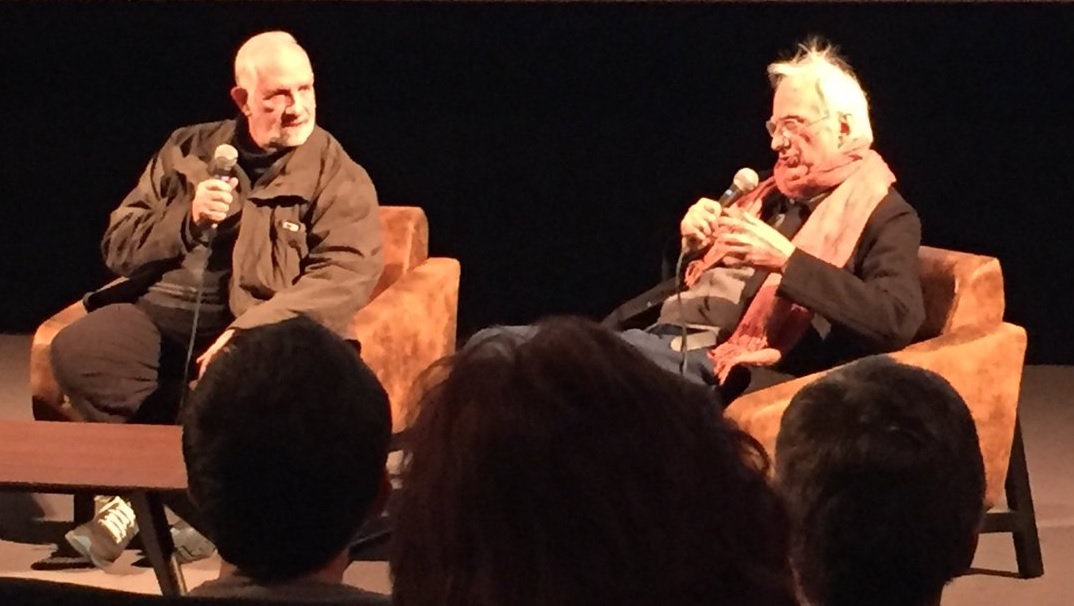
Updated: Sunday, March 31, 2019 10:03 AM CDT
Post Comment | Permalink | Share This Post




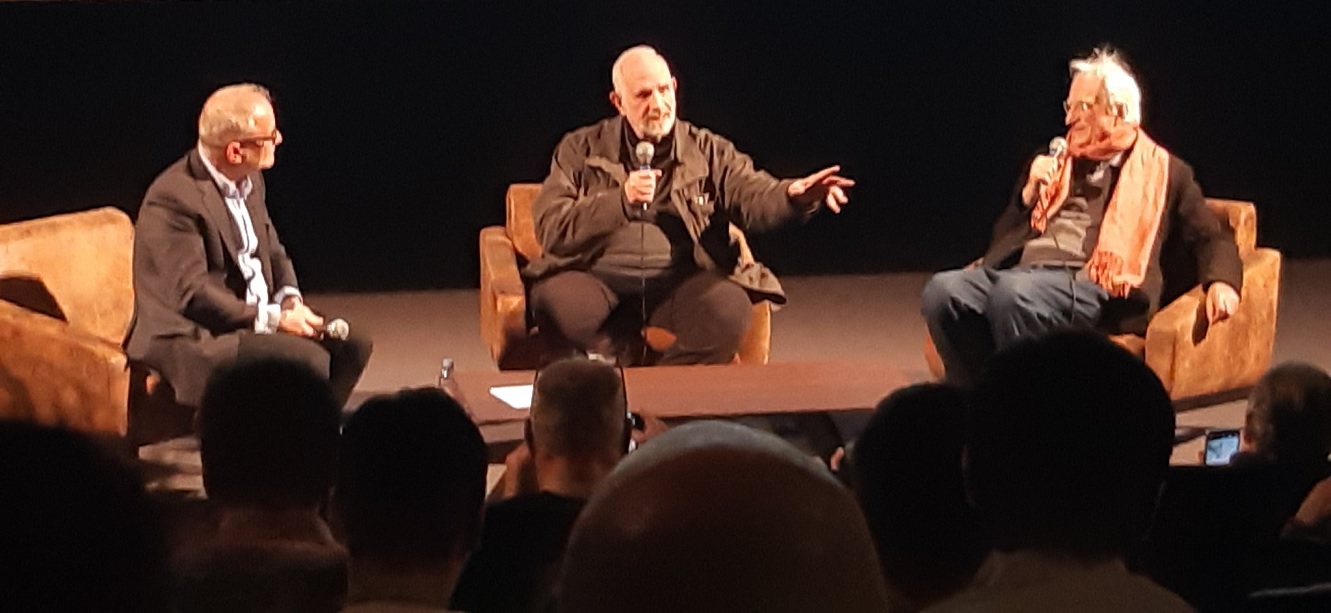
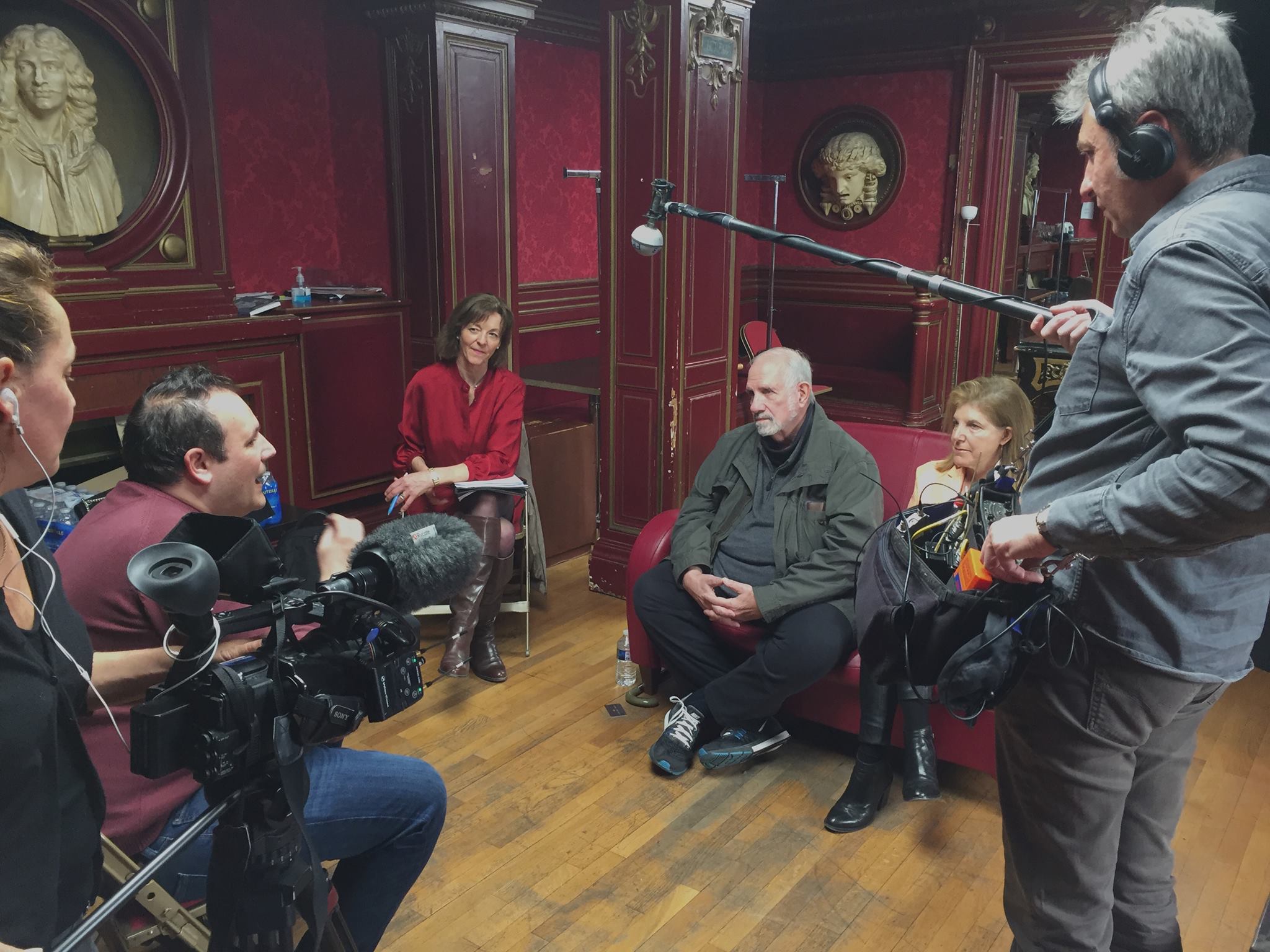
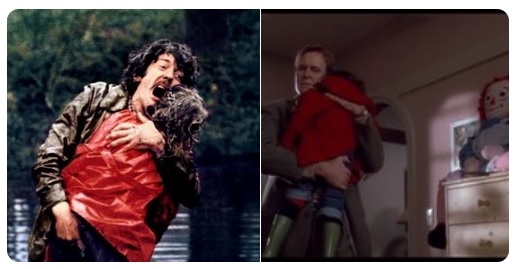
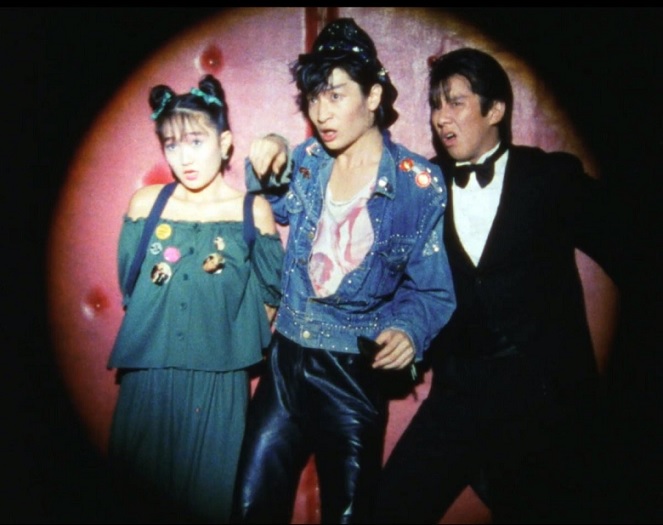 The Legend Of The Stardust Brothers is a Japanese musical that bombed commercially upon its initial release in 1985, but has taken on cult status throughout the years since. According to an article the other day by
The Legend Of The Stardust Brothers is a Japanese musical that bombed commercially upon its initial release in 1985, but has taken on cult status throughout the years since. According to an article the other day by 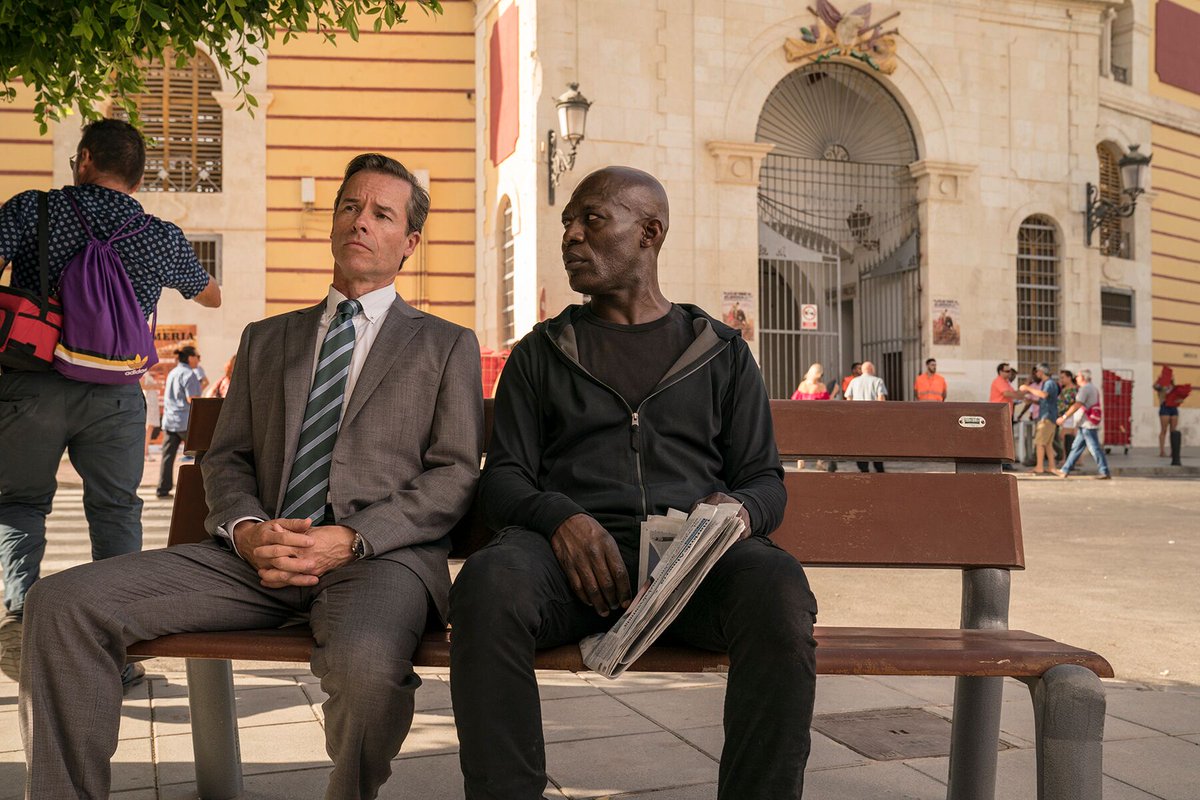
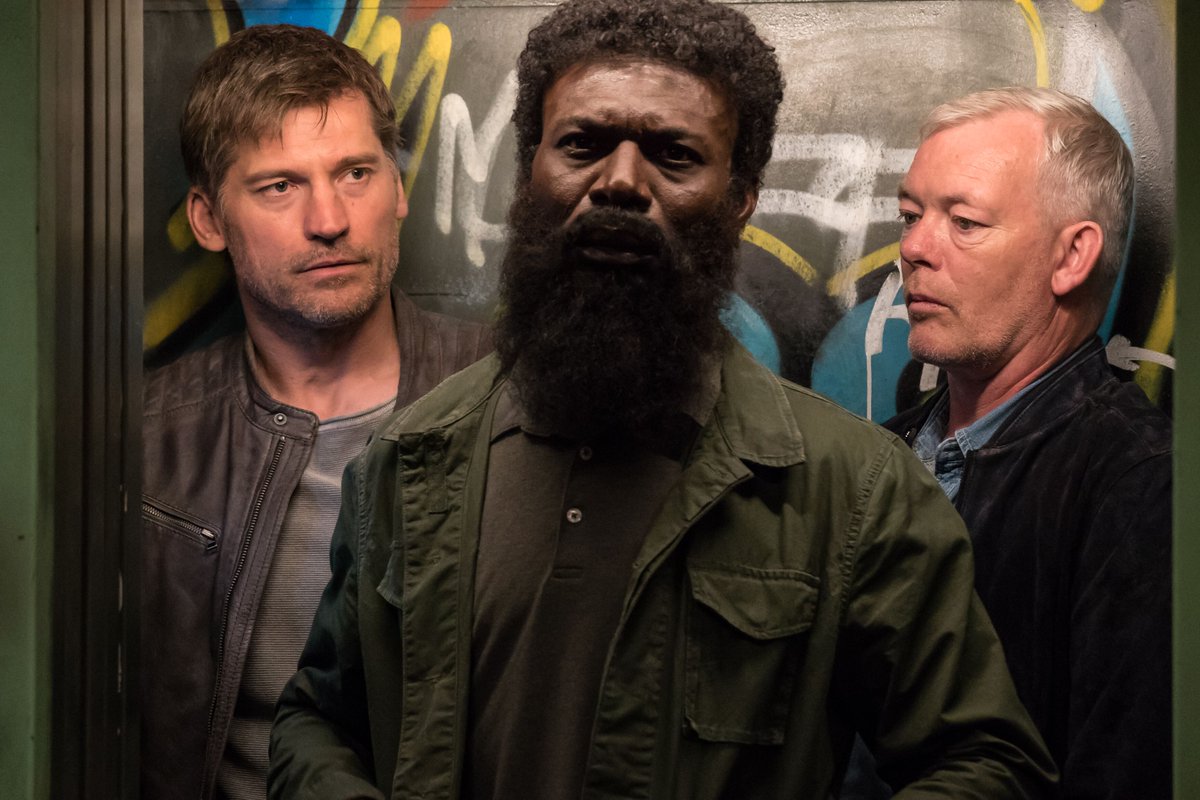
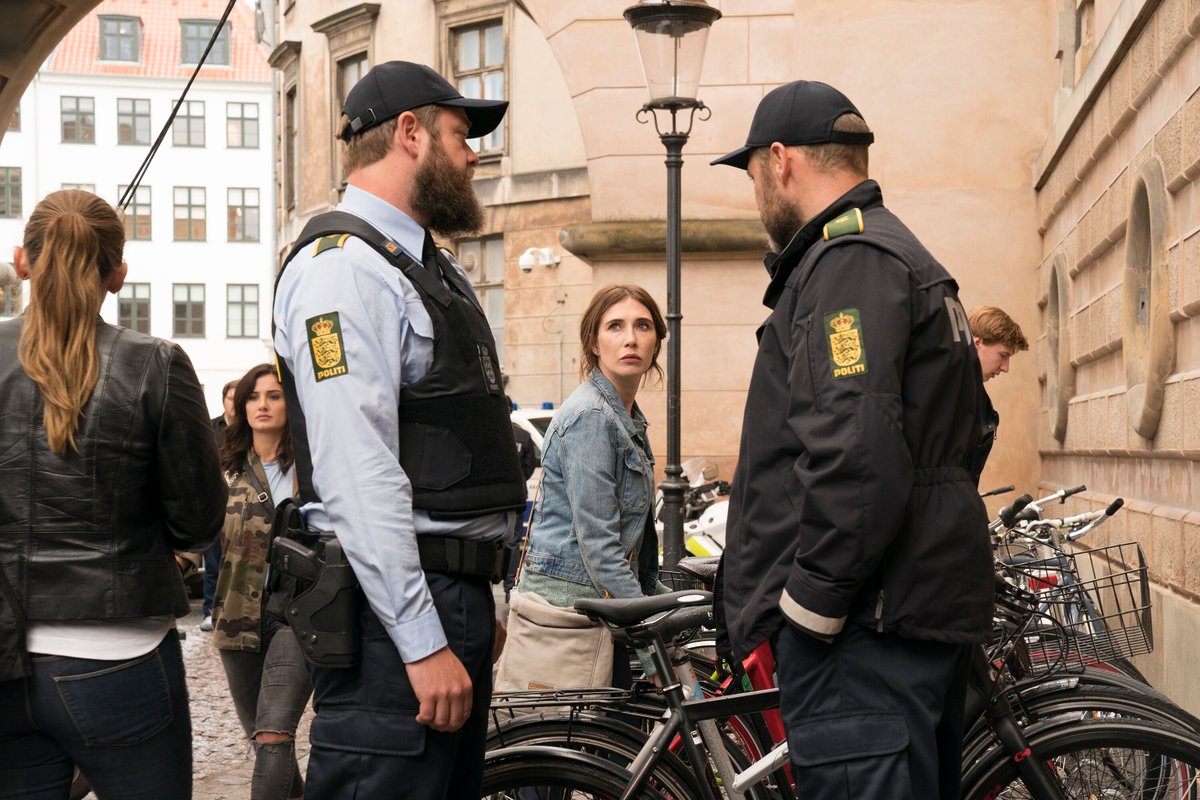
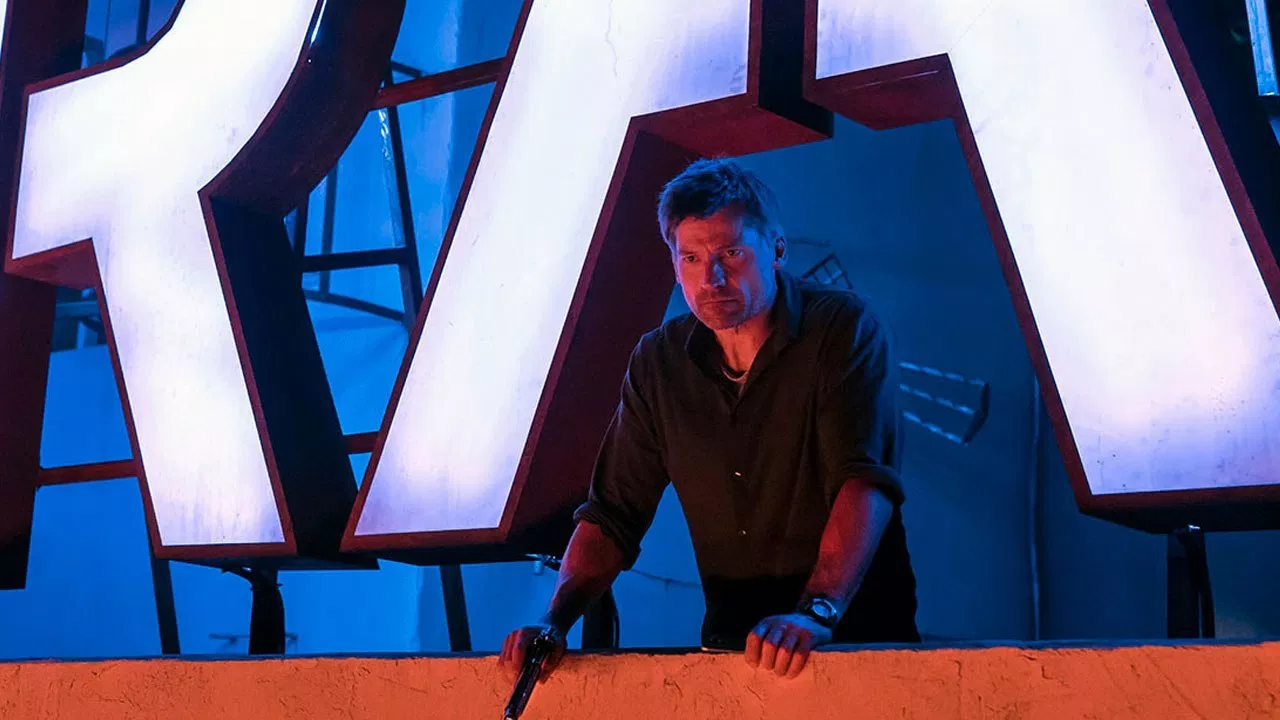
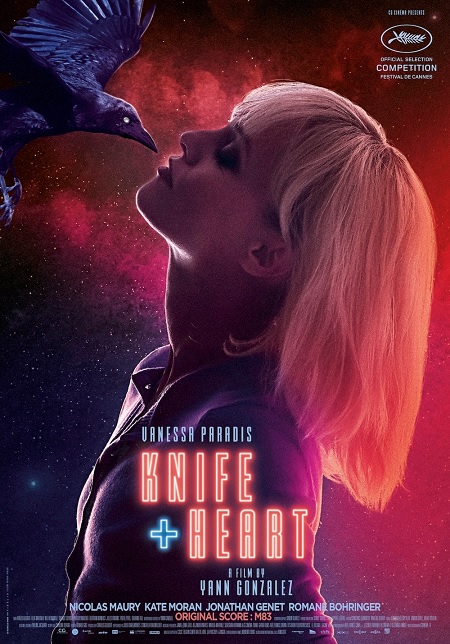
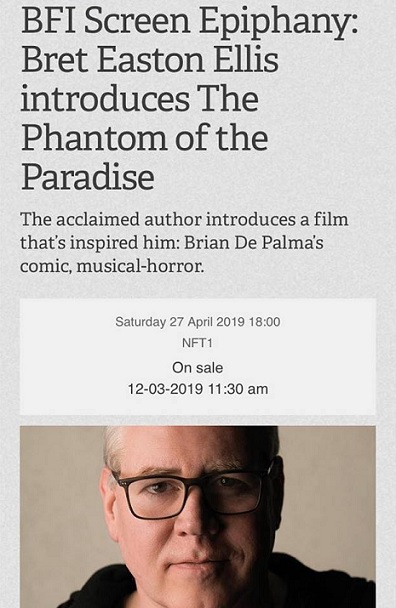 Bret Easton Ellis will be the special guest at a
Bret Easton Ellis will be the special guest at a 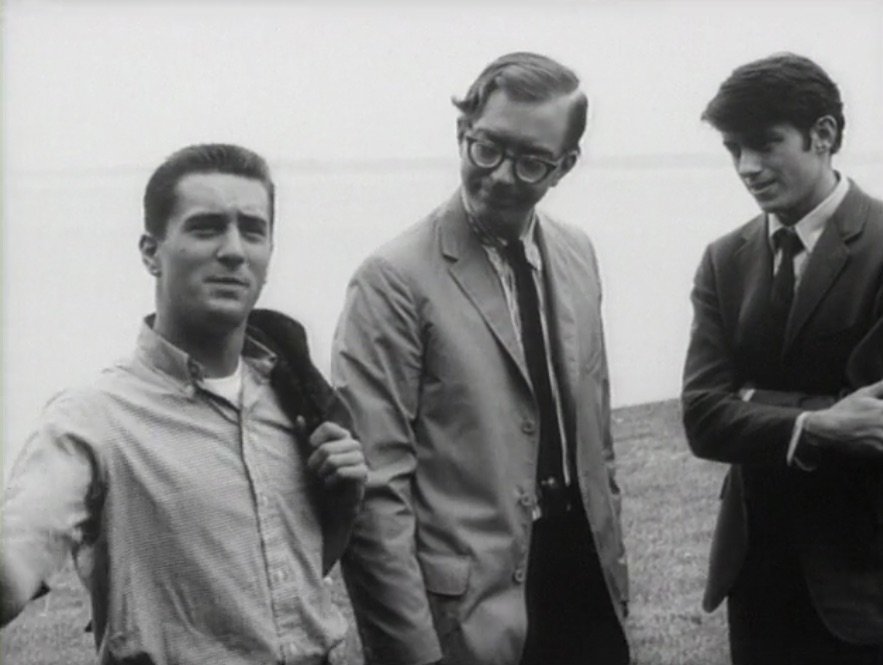
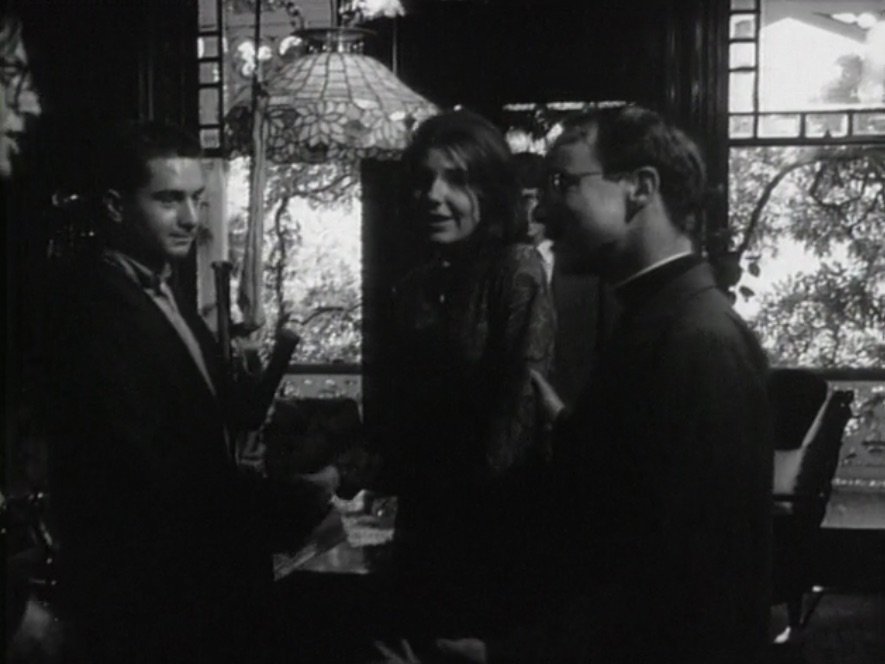
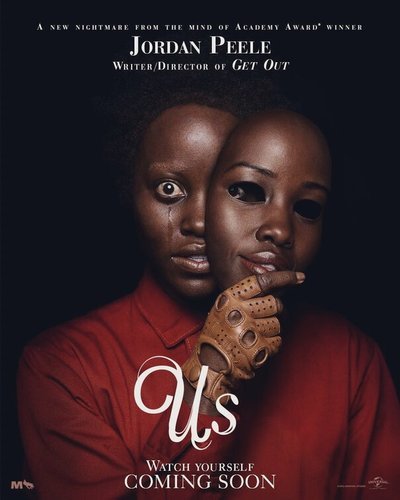 "I want to do what Hitchcock did, what Spielberg did, what Brian De Palma did — dark tales," Jordan Peele told an interviewer on the red carpet at last year's Academy Awards. His second feature as writer/director, Us, premiered at the SXSW Film Festival yesterday in Austin, Texas, and early reviews popping up are mentioning Brian De Palma and other filmmakers. Yet each review also stresses that while Peele might wear those references on his sleeve, the bold vision behind the film is uniquely his own. A couple of the reviews mention De Palma in specific relation to a standout split-diopter shot Peele uses in Us. However, Peele is surely familiar with Steven Spielberg's use of split-diopters in Jaws, as well-- one of these reviews mentions that the boy in Peele's film wears a Jaws T-shirt. Here are some excerpts:
"I want to do what Hitchcock did, what Spielberg did, what Brian De Palma did — dark tales," Jordan Peele told an interviewer on the red carpet at last year's Academy Awards. His second feature as writer/director, Us, premiered at the SXSW Film Festival yesterday in Austin, Texas, and early reviews popping up are mentioning Brian De Palma and other filmmakers. Yet each review also stresses that while Peele might wear those references on his sleeve, the bold vision behind the film is uniquely his own. A couple of the reviews mention De Palma in specific relation to a standout split-diopter shot Peele uses in Us. However, Peele is surely familiar with Steven Spielberg's use of split-diopters in Jaws, as well-- one of these reviews mentions that the boy in Peele's film wears a Jaws T-shirt. Here are some excerpts: